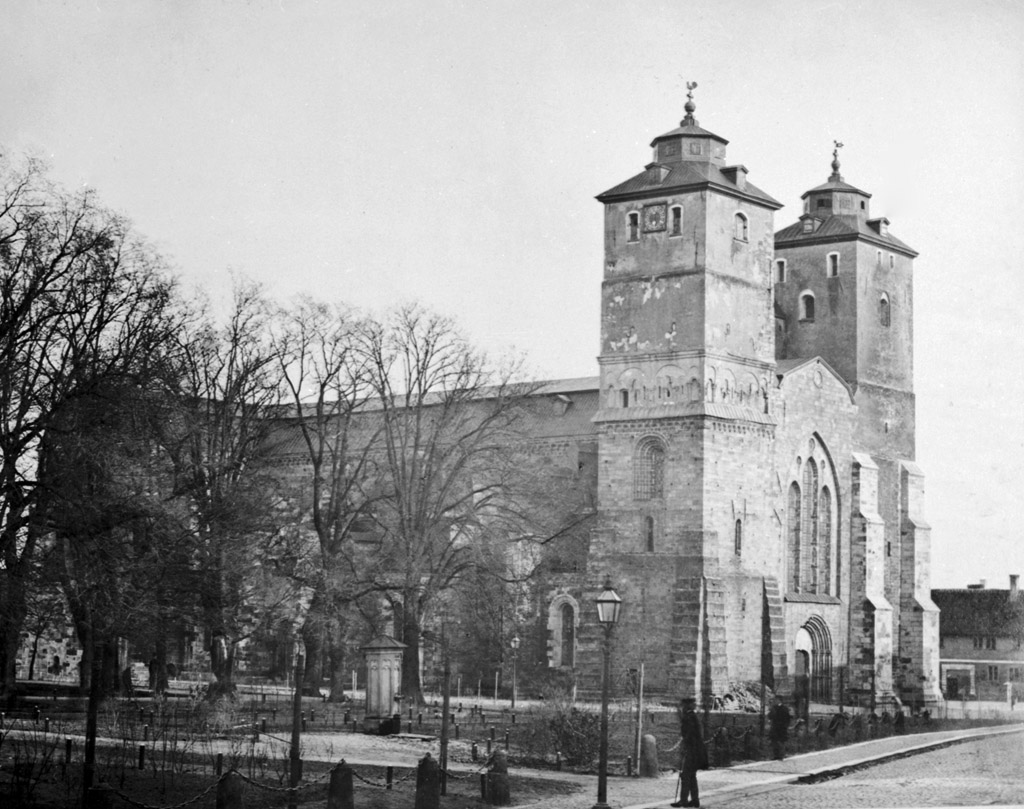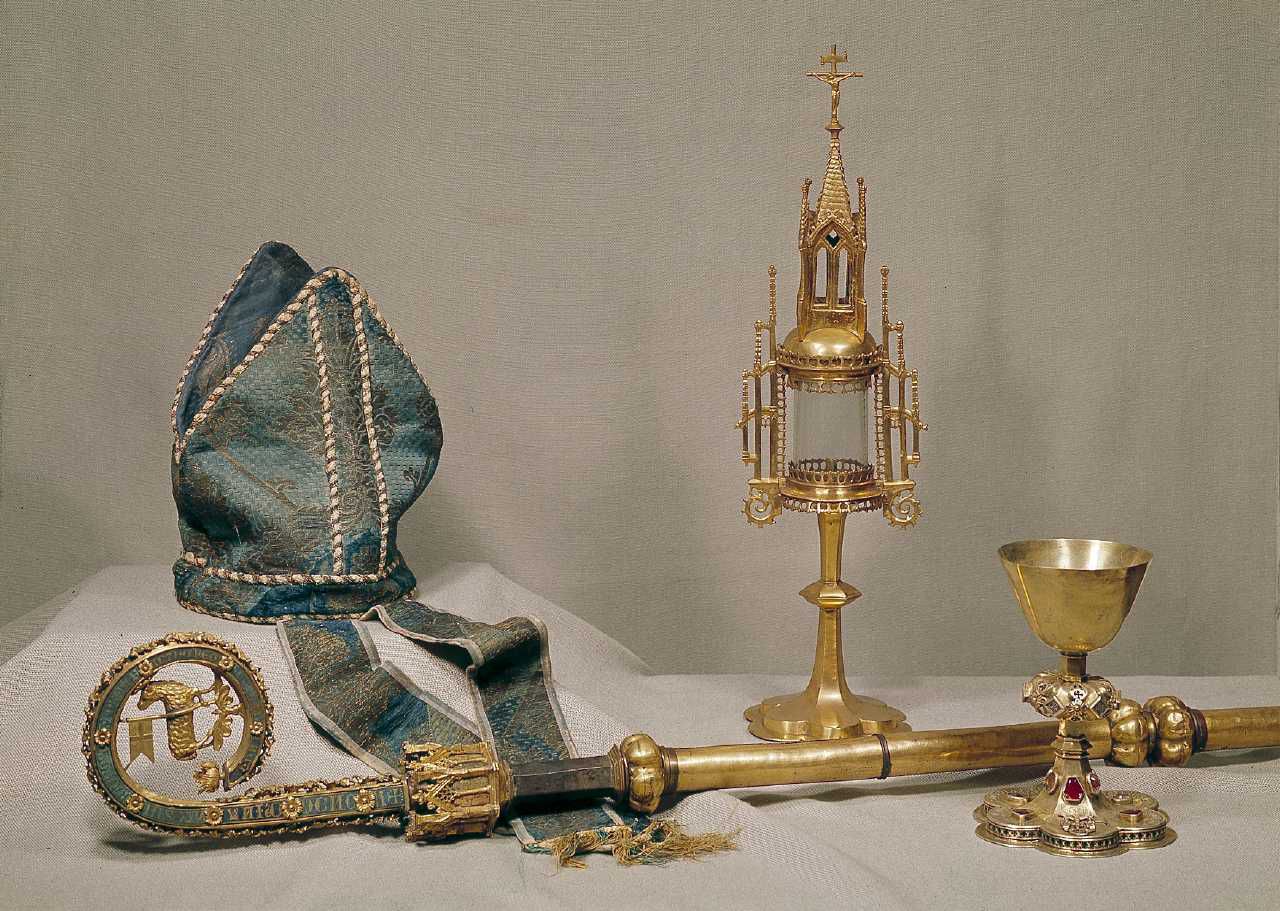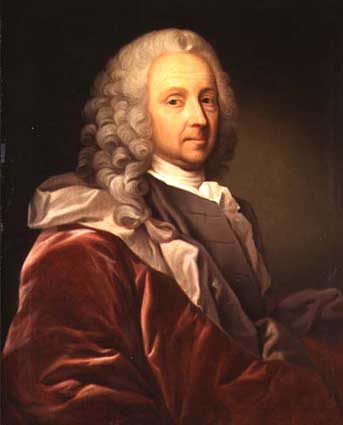|
Esbern Snare
Esbern Snare, also known as Esbern the Resolute, (1127–1204) was a '' høvding'', or chieftain, royal chancellor and crusader. His family were members of the powerful Hvide clan. In 1192, during the Crusades and after the fall of Jerusalem, he led a small group of Danish soldiers to the Holy Land. Upon his return, he had the Church of Our Lady, Kalundborg built. Early life Born in 1127, Snare was the eldest son of Asser Rig (c. 1080–1151), also called Asser the rich, of the Hvide clan. Esbern's mother, Lady Inge, was the daughter of and Princess Cecilia Knutsdatter. He was the grandson of Skjalm Hvide and great-grandson of Canute IV of Denmark (c. 1042 – 10 July 1086), the first Danish king (1080–1086) to be canonized. His family lived in Fjenneslev, Zealand. His brother was Absalon (c. 1128–1201), who became a powerful warrior leader and main advisor to Danish kings, and also Bishop of Roskilde and later Archbishop of Lund. Valdemar was his foster brother. His ot ... [...More Info...] [...Related Items...] OR: [Wikipedia] [Google] [Baidu] |
Archbishop Of Lund
List of (arch)bishops of Lund. Until the Danish Reformation the centre of a great Latin (arch)bishopric, Lund has been in Sweden since the Treaty of Roskilde in 1658. The Diocese of Lund is now one of thirteen in the Church of Sweden. Catholic Episcopate ''(all Roman Rite; some dates disputed according to the source) ;''Suffragan Bishops of Lund'' * Henrik (1060–1065? or 1048? – death 1060.08.21) * Egino (1065? – death 1072.10.19); ?former bishop of Dalby * Ricwald (1072?1075 – death 1089.05.26) * Ascer (1089–1103 ''see below'') ;''Metropolitan Archbishops of Lund'' * Ascer (''see above'' 1103 – death 1137.05.05) * Eskil (1138?1137–1177?1179) * Absalon Hvide (1177?1179 – death 1201.03.21) * Andreas Sunesen (1201–1222?1223) * Peder Saxesen (1224.01.11 – death 1228.07.11) * Uffe Thrugotsen (1228?1230 – death 1252.12.15) * Jakob Erlandsen (1253.08.13 – death 1274.02.18) * Trugot Torstensen (1276?1277.01.13 – death 1280.05.02) * Jens Dros (12 ... [...More Info...] [...Related Items...] OR: [Wikipedia] [Google] [Baidu] |
Royal Danish Navy
The Royal Danish Navy ( da, Søværnet) is the Naval warfare, sea-based branch of the Danish Defence force. The RDN is mainly responsible for maritime defence and maintaining the sovereignty of Denmark, Danish territorial waters (incl. Faroe Islands and Greenland). Other tasks include surveillance, search and rescue, Icebreaker, icebreaking, oil spill, oil spill recovery and prevention as well as contributions to international tasks and forces. During the period 1509–1814, when Denmark was in a union with Norway, the Danish Navy was part of the Royal Danish Navy (1510–1814), Dano-Norwegian Navy. Until the Copenhagenization (naval), copenhagenization of the navy in 1801, and again in 1807, the navy was a major strategic influence in the European geographical area, but since then its size and influence has drastically declined with a change in government policy. Despite this, the navy is now equipped with a number of large state-of-the-art vessels commissioned since the end of t ... [...More Info...] [...Related Items...] OR: [Wikipedia] [Google] [Baidu] |
Roger Stalley
Roger Andrew Stalley (born 12 June 1945) is a scholar and teacher in medieval architecture and sculpture. His speciality is Early Gothic and Romanesque architecture and sculpture in England and Western Europe with a particular focus on Irish architecture and art. He has published numerous papers and books including ''Cistercian Monasteries of Ireland'' in 1987, for which he was awarded the Alice Davis Hitchcock Medallion in 1988 by the Society of Architectural Historians of Great Britain, and ''Early Medieval Architecture'' in 1999 for the Oxford History of Art series. He is noted for his innovative teaching practices for example, The Medieval Architecture Online Teaching Project, and is recognised in the 2021 publication ''Mapping New Territories in Art and Architectural Histories, Essays in Honour of Roger Stalley.'' Education and career Professor Stalley spent his formative years in Coventry and Lincolnshire before graduating from the University of Oxford (Worcester College) ... [...More Info...] [...Related Items...] OR: [Wikipedia] [Google] [Baidu] |
Canute VI Of Denmark
Canute VI (; c. 1163 – 12 November 1202) was King of Denmark (1182–1202). Contemporary sources describe Canute as an earnest, strongly religious man. Background Canute VI was the eldest son of King Valdemar I and Sophia of Polotsk. His younger brother Valdemar was born in 1170. In 1170, at age 7, Canute was proclaimed co-regent of Denmark with his father. Reign Following his father's death in 1182, Canute became sole ruler and King of Denmark in 1182. at the Urnehoved Assembly (Danish: ''landsting'') and subsequently at the other assemblies throughout Denmark. He immediately faced a peasant uprising in Skåne. The peasants refused to pay Bishop Absalon's tithe. They met at the Skåne Assembly and chose Harald Skreng, one of Canute friends to represent them to the king to plead their case. The king refused to hear Skreng out and began to gather an army to teach the peasants their place. Before the king could muster his army, the nobles of Halland and Skåne cobbled ... [...More Info...] [...Related Items...] OR: [Wikipedia] [Google] [Baidu] |
Pope Innocent III
Pope Innocent III ( la, Innocentius III; 1160 or 1161 – 16 July 1216), born Lotario dei Conti di Segni (anglicized as Lothar of Segni), was the head of the Catholic Church and ruler of the Papal States from 8 January 1198 to his death in 16 July 1216. Pope Innocent was one of the most powerful and influential of the medieval popes. He exerted a wide influence over the Christian states of Europe, claiming supremacy over all of Europe's kings. He was central in supporting the Catholic Church's reforms of ecclesiastical affairs through his decretals and the Fourth Lateran Council. This resulted in a considerable refinement of Western canon law. He is furthermore notable for using interdict and other censures to compel princes to obey his decisions, although these measures were not uniformly successful. Innocent greatly extended the scope of the Crusades, directing crusades against Muslim Iberia and the Holy Land as well as the Albigensian Crusade against the Cathars in southern ... [...More Info...] [...Related Items...] OR: [Wikipedia] [Google] [Baidu] |
Kalundborg - Vor Frue Kirke2
Kalundborg () is a Danish city with a population of 16,211 (1 January 2022),BY3: population 1. January by urban areas, area and population density The Mobile Statbank from the main town of the municipality of the same name and the site of its municipal council. It is situated on the northwestern coast of the largest Danish island, Zealand (or Sjælland in Danish), on the opposite, eastern side of which lies the capital |
Sorø Abbey
Sorø Abbey was the preeminent and wealthiest monastic house in all of Denmark during the Middle Ages. It was located in the town of Sorø in central Zealand. After Denmark became Lutheran in 1536, the abbey was confiscated by the Crown. The abbey was turned into the Sorø Academy in 1623, an educational institution that has served as a knight academy, a venue for higher learning during the Danish Golden Age. It survives to date as a boarding school. History The Sorø Abbey was founded by the brothers '' Ebbe Skjalmsen Hvide'' and ''Asser Rig (Hvide)'', who were sons of Skjalm Hvide. They were Zealand's most powerful nobles when in 1140 they founded and in 1142 consecrated the abbey. Dansk Biografiske Lexicon. Near Sorø, Ebbe also erected the Bjernede Church, and Asser established a Benedictine House, just a few years prior to his death in 1151. Asser then lived as a monk for the last years of his life. It was common practice for wealthy and powerful individuals and f ... [...More Info...] [...Related Items...] OR: [Wikipedia] [Google] [Baidu] |
Hvidovre
Hvidovre is the main town in Hvidovre Municipality, Denmark. The town, a suburb of Copenhagen, is about 10 km southwest of the capital's center. It is the 2nd biggest suburb of Copenhagen, only beaten by Frederiksberg. History Hvidovre has been inhabited since prehistoric times. In 1929, a 3,500-year-old sword from the Bronze Age was excavated in Hvidovre. A farm, Ovre (Aworthe), was located in the area in about 1170 when Esbern Snare gave it to Sorø Abbey that later passed it on to Bishop Absalon. A church was built during the Romanesque period. The name Hvidovre, meaning White Ovre, refers to the colour of the church, which was built in white chalk, as opposed to the one in Rødovre, Red Ovre, which was built in red brick. Hvidovre did not become a real village until the mid 1600s. In 1682 Hvidovre consisted of 18 farms and 14 houses without any agricultural land. Back then only a few crops were grown in the area. In 1635 it consisted of the following: 12% rye, 58% barl ... [...More Info...] [...Related Items...] OR: [Wikipedia] [Google] [Baidu] |
Sorø Municipality
Sorø Municipality is a municipality (Danish, '' kommune'') in Region Sjælland on the island of Zealand (''Sjælland'') in east Denmark. The municipality covers an area of , and has a total population of 29,331 (2015). The main town and the site of its municipal council is the town of Sorø. Other towns in the municipality are Dianalund, Stenlille, and Ruds Vedby. On 1 January 2007 Sorø municipality was, as the result of ''Kommunalreformen'' ("The Municipal Reform" of 2007), merged with existing Dianalund and Stenlille municipalities to form the new Sorø municipality. Locations The ten largest urban areas in the municipality are: The city of Sorø The city of Sorø has a population of 7,754 (2015) and is the site of both the municipal council and the county council. It was scheduled to be regional seat for Region Sjælland, one of the five new regions to be implantated in Denmark 1 January 2007. While by no means the biggest city in Denmark, it has great historical ... [...More Info...] [...Related Items...] OR: [Wikipedia] [Google] [Baidu] |
Tersløsegaard
Tersløsegaard is a manor house located close to Dianalund, Sorø Municipality some 60 kilometres southwest of Copenhagen, Denmark. It was owned by Ludvig Holberg from 1745 to 1756. He left it to Sorø Academy and it has now been converted into a self-owning foundation and contains a Holberg exhibition. The main building was listed on the Danish registry of protected buildings and places by the Danish Heritage Agency on in 1918. History Early history Tersløsegaard traces its history back to the 13th century. The first known owner was Anders Knudsen Grosøn. He was married to Esbern Snare's daughter. It was acquired by Jens Grubbe in 1305 and was then owned by his descendants for more than a hundred years. The last member of the Grubbe family to own Tersløsegaard was Niels Grubbe. He had no sons and the estate was therefore passed on to his son-in-law Anders Jensen Passow. Members of the Passow family owned Tersløsegaard with few interruptions until the beginning of the 16th ce ... [...More Info...] [...Related Items...] OR: [Wikipedia] [Google] [Baidu] |
Kalundborg
Kalundborg () is a Danish city with a population of 16,211 (1 January 2022),BY3: population 1. January by urban areas, area and population density The Mobile Statbank from the main town of the municipality of the same name and the site of its municipal council. It is situated on the northwestern coast of the largest Danish island, Zealand (or Sjælland in Danish), on the opposite, eastern side of which lies the capital |


.jpg)




